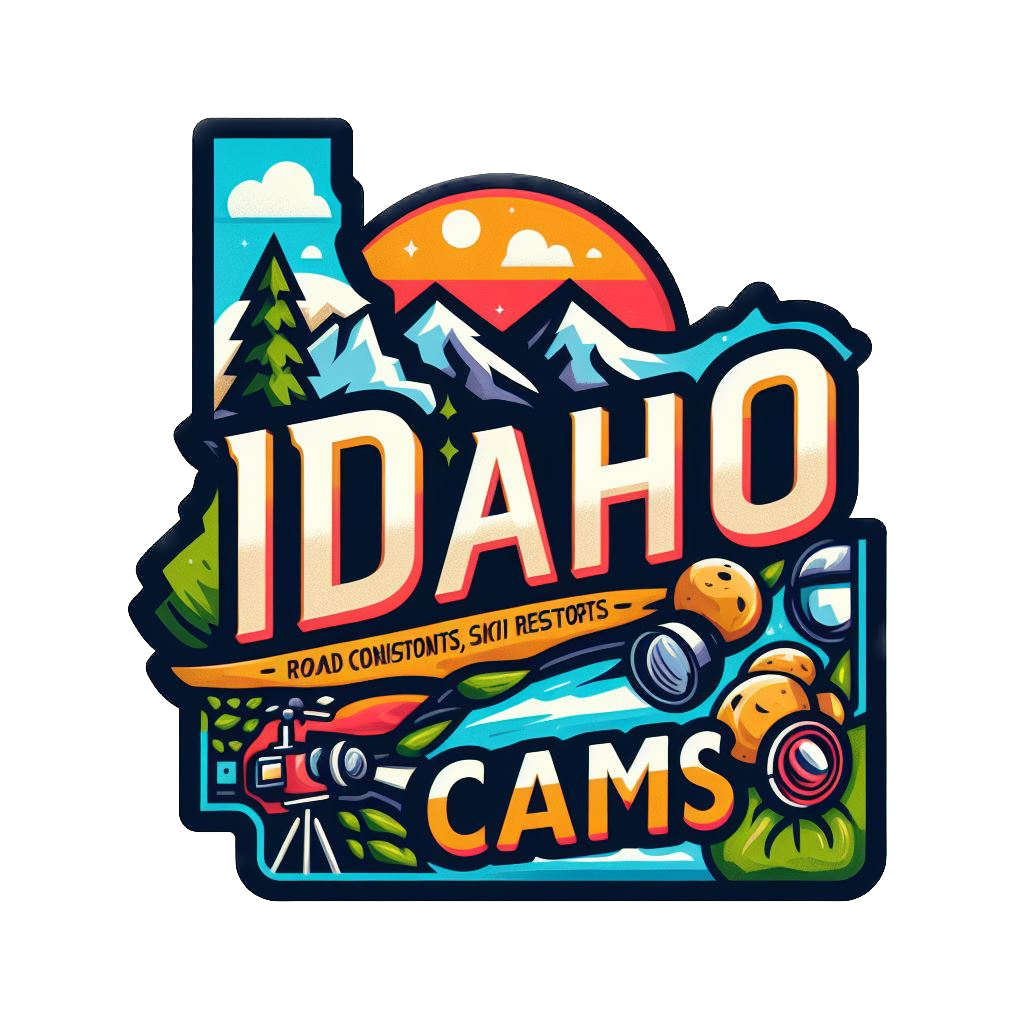Indian Mountain, ID Weather Cams
Indian Mountain
Indian Mountain, Idaho: A Tapestry of Nature and History
Indian Mountain, ID Weather Cams. Indian Mountain, located in the rugged and picturesque landscape of Idaho, is a landmark with a rich history that intertwines natural beauty, indigenous heritage, and modern exploration. This history traces the journey of Indian Mountain from its early significance to Native American tribes to its current status as a beloved outdoor destination.
Indigenous Heritage
Long before European settlers arrived, Indian Mountain was a significant landmark for the Native American tribes of the region, including the Shoshone and Bannock peoples. The mountain and its surrounding areas were rich in natural resources, providing hunting grounds, medicinal plants, and sacred spaces for spiritual practices. The indigenous peoples had a deep connection to the land, understanding its rhythms and respecting its significance.
Indian Mountain served as a vantage point for these tribes, offering expansive views of the surrounding valleys and hills. It was a place where stories were told, and traditions were passed down through generations. The mountain’s name reflects its importance to the Native American communities who lived in harmony with the environment long before European exploration.
European Exploration and Settlement
The mid-19th century brought European explorers and settlers to the region, drawn by the promise of land and resources. Trappers, traders, and pioneers began to venture into the rugged terrain of Idaho, encountering the indigenous tribes and learning about the area’s geography and resources.
The arrival of the Oregon Trail in the 1840s significantly increased the number of settlers passing through Idaho. Indian Mountain, with its prominent and recognizable shape, became a notable landmark for those traveling westward. Settlers and travelers used the mountain as a navigational aid, marking progress on their arduous journey.
The Mining Boom
The discovery of gold in Idaho in the 1860s brought a wave of prospectors and miners to the region, transforming the landscape and economy. The mountains and rivers of Idaho became focal points for mining activities, with boomtowns springing up almost overnight. Indian Mountain was no exception, as prospectors scoured its slopes and surrounding areas for precious metals.
The mining boom led to the establishment of several mining camps and small settlements near Indian Mountain. These communities were often short-lived, as miners moved from one promising site to another. However, the influx of people and the demand for supplies and services contributed to the growth of more permanent towns in the region.
The Logging Era
In addition to mining, the late 19th and early 20th centuries saw the rise of the logging industry in Idaho. The dense forests surrounding Indian Mountain provided an abundant source of timber, attracting logging companies and workers. Logging camps and mills were established, and the timber industry became a cornerstone of the local economy.
The construction of railroads further facilitated the logging industry’s growth, allowing for the transport of timber to markets across the country. Indian Mountain and its surroundings were logged extensively, shaping the landscape and contributing to the economic development of the region.
Conservation and Recreation
As the logging and mining industries began to wane in the mid-20th century, a new appreciation for the natural beauty and recreational potential of Indian Mountain emerged. The shift towards conservation and outdoor recreation reflected a broader national trend, as Americans sought to preserve natural landscapes and enjoy outdoor activities.
Indian Mountain became a popular destination for hikers, campers, and nature enthusiasts. Trails were established, offering access to the mountain’s summit and scenic viewpoints. The surrounding forests and meadows became prime locations for wildlife observation and photography, attracting visitors from near and far.
The establishment of state and national parks in Idaho further emphasized the importance of preserving natural landscapes for future generations. Efforts to protect the environment and promote sustainable tourism became central to the management of Indian Mountain and its surrounding areas.
Modern Exploration and Community Engagement
In recent decades, Indian Mountain has continued to be a focal point for outdoor recreation and community engagement. The development of recreational infrastructure, such as campgrounds, picnic areas, and trail systems, has enhanced the visitor experience and made the mountain more accessible to a diverse range of outdoor enthusiasts.
Local communities have played a crucial role in promoting and preserving Indian Mountain. Volunteer organizations and environmental groups work together to maintain trails, protect wildlife habitats, and educate visitors about the mountain’s ecological and cultural significance. Annual events, such as guided hikes and nature festivals, celebrate the natural beauty of Indian Mountain and foster a sense of stewardship among residents and visitors.
The Future of Indian Mountain
As Indian Mountain looks to the future, the challenges and opportunities of balancing conservation and recreation remain central to its management. Climate change, increasing visitor numbers, and the need for sustainable practices are all factors that will shape the mountain’s future.
Efforts to protect the natural environment, promote responsible tourism, and engage with local communities will be key to ensuring that Indian Mountain remains a cherished destination for generations to come. Collaborative initiatives involving government agencies, non-profit organizations, and local residents will play a crucial role in preserving the mountain’s unique character and ecological integrity.
Conclusion
Indian Mountain, with its rich tapestry of history and natural beauty, stands as a testament to the enduring connection between people and the land. From its significance to Native American tribes to its role in the mining and logging eras, and its transformation into a beloved recreational destination, the mountain’s story reflects the broader narrative of Idaho’s development and conservation.
As visitors continue to explore its trails, marvel at its vistas, and connect with its heritage, Indian Mountain remains a symbol of the enduring spirit of adventure and the importance of preserving our natural landscapes. Through mindful stewardship and community engagement, Indian Mountain will continue to inspire and enchant all who come to experience its timeless allure.
For more information, visit the official Indian Mountain, ID website.
